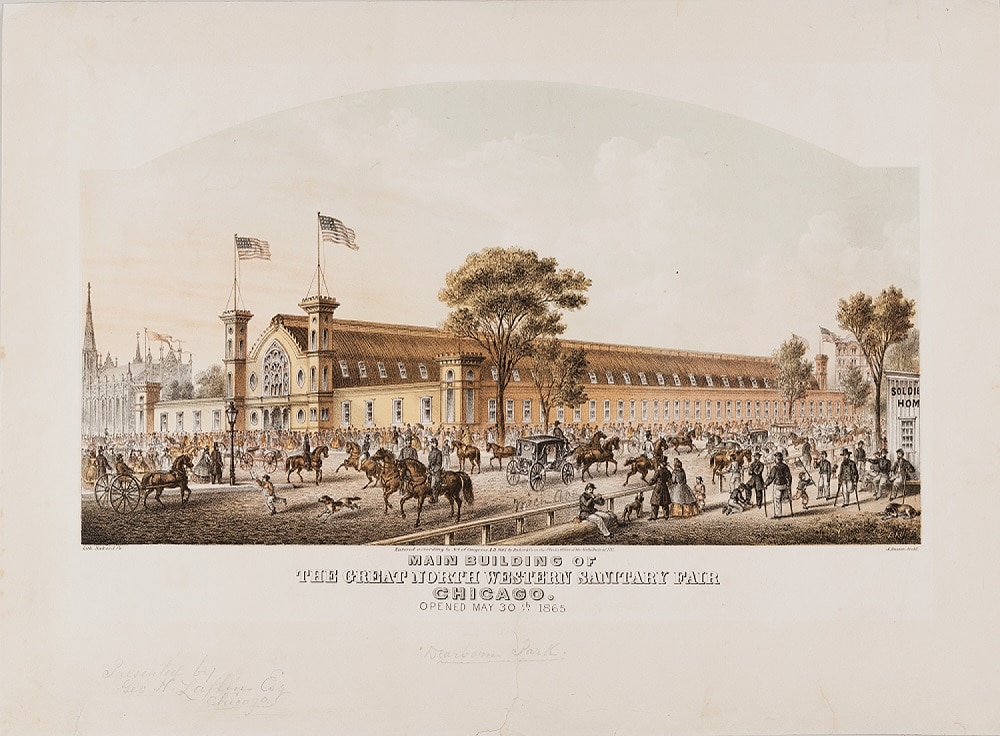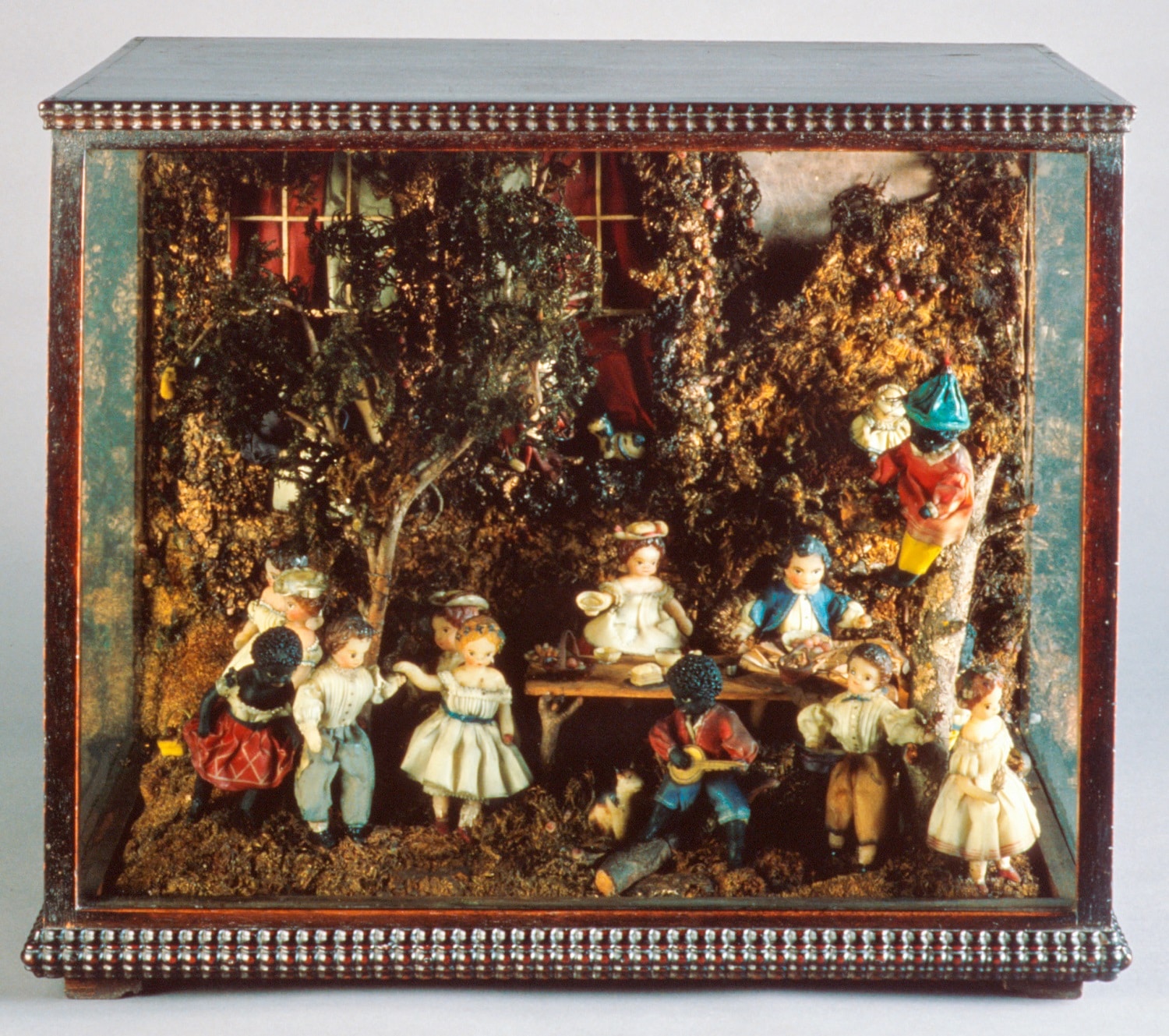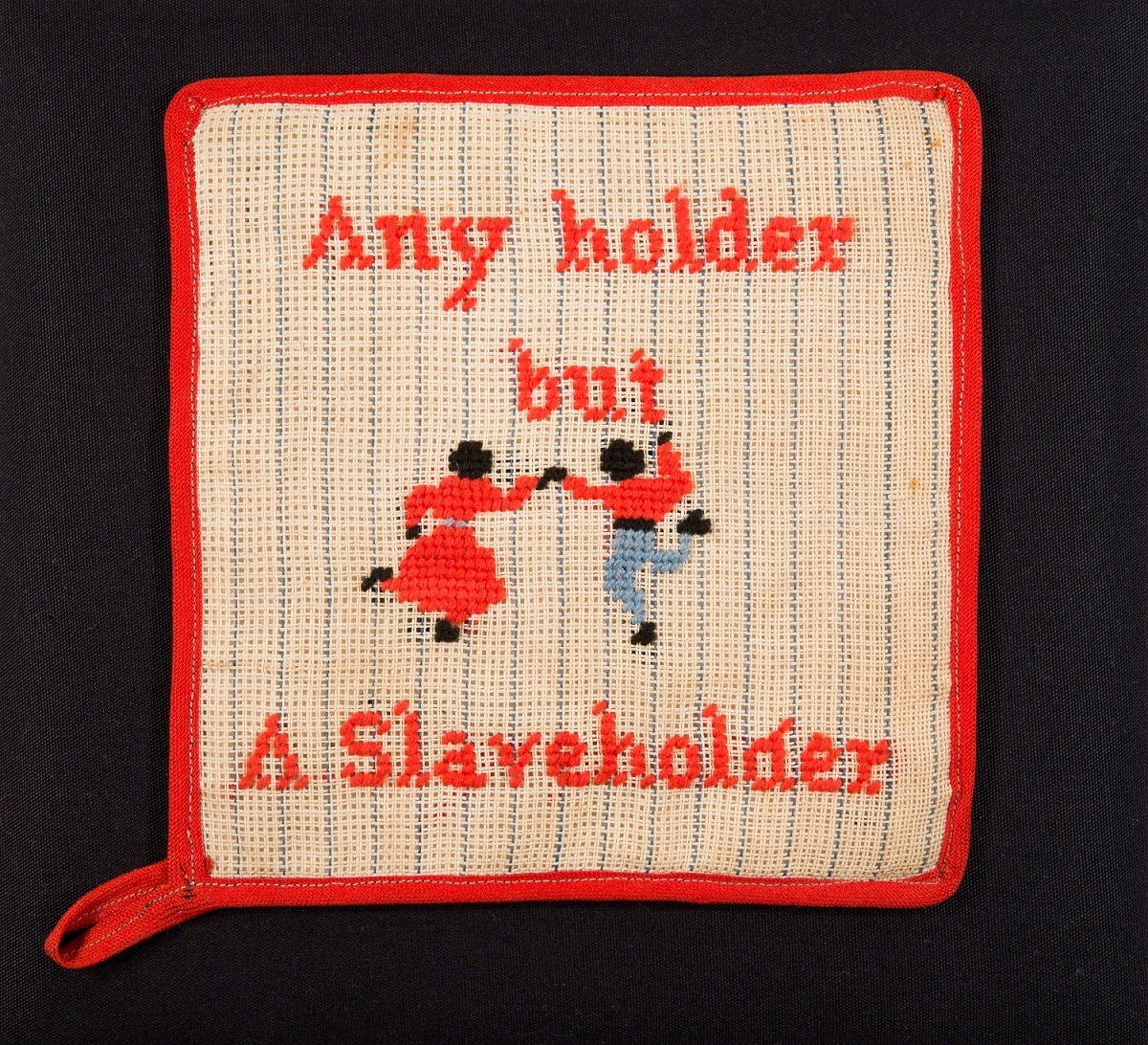Background
The first Sanitary Fair was held in Chicago, Illinois, in 1863. Called the Northwestern Soldier’s Fair, this two-week event raised about $80,000 to benefit the U.S. Sanitary Commission. The fair was organized by women. The crafts, food, and entertainment for sale at the fair were mostly created and provided by women. All the money earned was used to support the care of wounded and sick soldiers.
However, the U.S. Sanitary Commission was led by men, many of whom did not like the autonomy shown by the women organizing the Chicago fair. But lead organizers Mary Livermore and Jane Hodge believed that it was important to empower women so they could help their communities. Their example inspired women in Boston, New York, Philadelphia, and elsewhere to hold their own fairs.
The hard work of the Sanitary Fair organizers paid off. In August 1865, the president of the U.S. Sanitary Commission acknowledged that the hundreds of thousands of dollars raised at the fairs was crucial to their efforts to support hospitals and troops throughout the war.
About the Image
These four sources provide a sense of the work done by women for the Chicago Sanitary Fairs held between 1863 and 1865. The lithograph of the main building and the photograph of a fair booth illustrate the scale and scope of the fairs and the massive efforts necessary to make them a success. The diorama and the potholder are two examples of crafts that were made by women for the fairs. They show how women participants used their skills and talents to advance the Union cause of the Civil War.
Vocabulary
- lithograph: A type of printed picture first invented in the late 1800s.
- Sanitary Fair: A large fair that raised money to support the U.S. Sanitary Commission.
- U.S. Sanitary Commission: A private agency created by the U.S. government to support wounded and sick soldiers.
Discussion Questions
- What can you infer about Sanitary Fairs by examining these sources?
- Why were Sanitary Fairs crucial to Union war efforts?
- What challenges did women face in organizing these fairs?
- How did these women safely express their political beliefs without overstepping the bounds of nineteenth-century womanhood?
Suggested Activities
- APUSH Connection: 5.8 Military Conflict in the Civil War
- Include this resource in any lesson about civilian efforts to support the Civil War.
- For a larger lesson on the role of women in the U.S. Sanitary Commission, teach these resources together with the life story of Elizabeth Blackwell.
- To better understand the limitations placed on white middle-class women in this era, and how women found ways to work around them, explore Abolitionist Crafts, Pro- and Anti-Slavery Literature for Children, Bleeding Kansas, Nursing, and the life story of Sarah Moore Grimké and Angelina Grimké Weld.
- For a larger lesson about the ways women contributed to Union and Confederate war efforts during the American Civil War, teach these resources together with any of the following: Life Story: Sojourner Truth, Nursing, Women’s War Production, Women Soldiers, Smuggling, Scenes from the Confederate Home Front, Changing the Rules of War, Life Story: Elizabeth Blackwell, Life Story: Emily Jane Liles Harris, Life Story: Loreta Janeta Velázquez, Life Story: Harriet Tubman, Swearing Loyalty, and Life Story: Susie Baker King Taylor.
- To contextualize Sanitary Fairs in the larger history of women’s wartime activism, teach this document together with the Revolutionary era Sentiments of an American Woman. What do these efforts have in common? How do they differ?
Themes
ACTIVISM AND SOCIAL CHANGE










